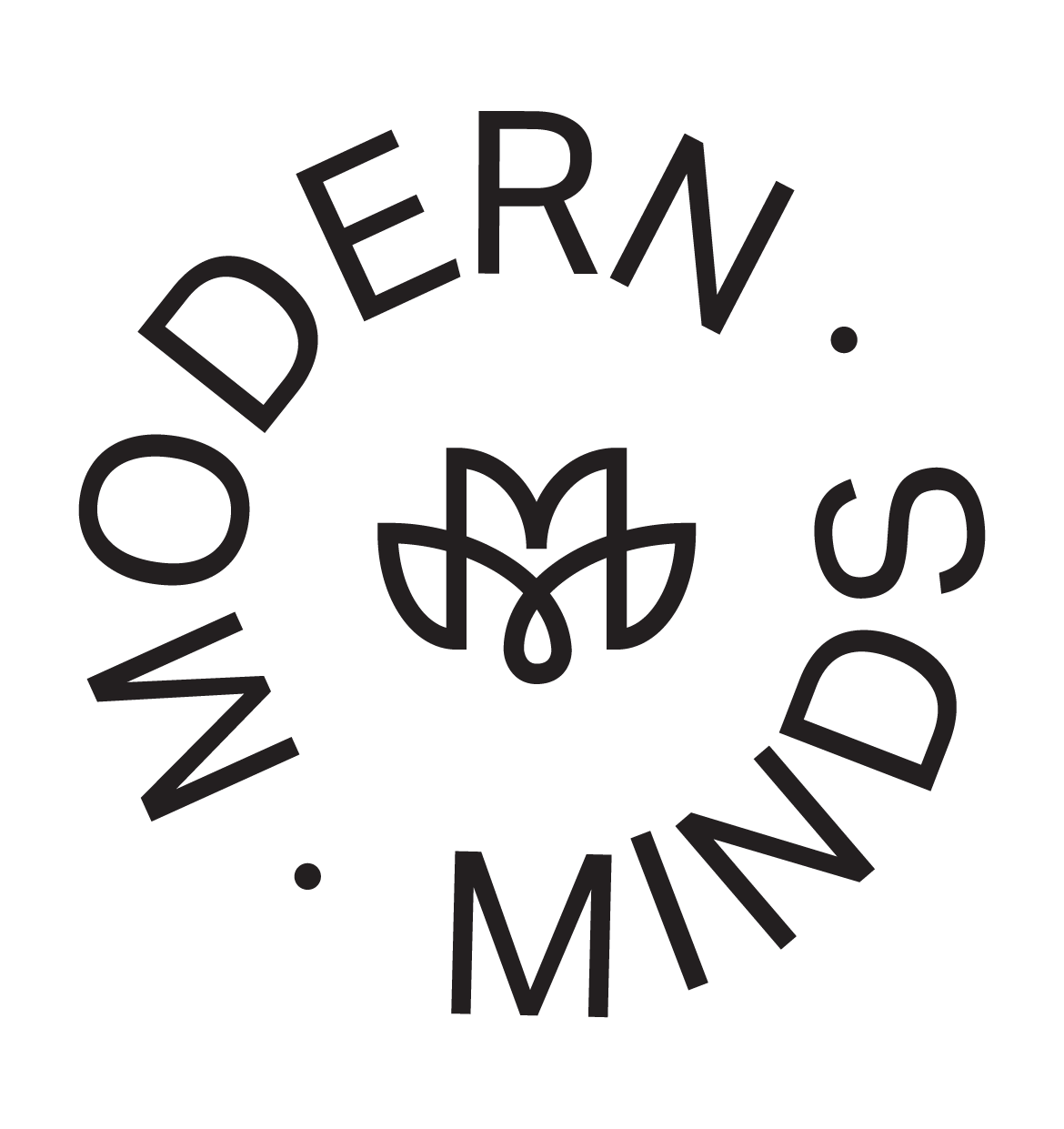Psychodynamic vs CBT: What's the Difference?
When seeking support for mental health challenges, choosing the right therapeutic approach can significantly shape your healing journey. Two widely practised therapies, Psychodynamic Therapy and Cognitive Behavioural Therapy (CBT), offer distinct pathways towards emotional well-being. While both aim to alleviate psychological distress, they differ in their methods, goals, and underlying philosophies. Let's explore the key differences between these two approaches, drawing on insights from Kobie, Director and Senior Psychologist at Modern Minds, specialising in psychodynamic psychotherapy, and Leisa, a Senior Psychologist and CBT therapist with extensive experience in integrative therapies.
What’s the Difference Between Psychodynamic Therapy and CBT?
Both Psychodynamic Therapy and Cognitive Behavioural Therapy (CBT) help individuals understand and manage their mental health, but they take very different approaches. Their key differences lie in how they view human behaviour, the role of the past, and the strategies they use in therapy.
1. Theoretical Foundations
Psychodynamic Therapy (Kobie’s Approach)
Rooted in Freud’s psychoanalysis, it explores unconscious patterns that influence behaviour.
Focuses on relational trauma and early life experiences that shape thoughts, emotions, and self-identity.
Helps bring unconscious conflicts into awareness, fostering deep emotional insight.
Cognitive Behavioural Therapy (CBT) (Leisa’s Approach)
Based on the idea that thoughts, feelings, and behaviours are interconnected.
Identifies and challenges negative thought patterns that contribute to distress.
Teaches practical strategies to improve emotional regulation and problem-solving.
2. Focus of the Therapy
Psychodynamic Therapy
Encourages deep self-reflection on past experiences
Explores unresolved conflicts and emotional patterns
Open-ended and evolves naturally over time
CBT
Structured, goal-oriented, and present-focused
Targets specific issues like anxiety, depression, or stress
Equips clients with practical coping tools for immediate symptom relief
3. Role of the Therapist
Kobie’s Role as a Psychodynamic Psychotherapist
Creates a non-judgmental, reflective space for exploring unconscious processes
Less directive, allowing therapy to unfold organically
Helps clients recognise how past experiences shape present behaviours
Leisa’s Role as a CBT Therapist
Actively guides and collaborates with clients
Uses structured exercises to challenge negative thinking
Integrates Mindfulness, ACT, and Schema Therapy for a holistic approach
4. Techniques Used
Psychodynamic Therapy (Kobie’s Specialisation)
Free association (open, spontaneous dialogue)
Exploring past and present relational dynamics
Identifying defence mechanisms and unconscious conflicts
Reflecting on early life experiences and their impact
CBT (Leisa’s Specialisation)
Cognitive restructuring (challenging negative thoughts)
Behavioural activation and exposure therapy
Mindfulness and self-compassion exercises
Goal setting and skills training for emotional regulation
5. Duration & Structure
Psychodynamic Therapy
Long-term approach (several months to years)
Less structured, allowing deep emotional exploration
Best for relational trauma, identity formation, and personality development
CBT
Short-term (6–20 sessions), focused on measurable progress
Highly structured with clear therapeutic goals
Ideal for anxiety, depression, and stress-related disorders
Which Approach Is Right for You?
Choose Psychodynamic Therapy with Kobie if:
You want to explore deep-rooted emotional issues and past trauma
You're seeking long-term self-awareness and personal growth
You struggle with relational difficulties or identity concerns
Choose CBT with Leisa if:
You need practical strategies for immediate challenges
You prefer a structured, goal-oriented approach
You want to manage anxiety, depression, or stress with proven techniques
Both approaches offer valuable paths to healing—the key is finding the right fit for your needs.
When Might Psychodynamic Therapy Be Helpful?
Kobie’s specializes in psychodynamic psychotherapy is particularly effective for individuals facing:
Relational Trauma and Attachment Issues: Understanding how early relationships shape emotional patterns in adulthood.
Personality Organisation Difficulties: Exploring complex emotional states and identity-related struggles.
Eating Disorders: Unpacking the emotional and relational dynamics that contribute to disordered eating.
Chronic Feelings of Emptiness or Low Self-Esteem: Identifying and addressing deep-seated beliefs about self-worth.
Through insight and self-awareness, clients working with Kobie can achieve profound emotional growth and a greater understanding of themselves.
When Might CBT Be Helpful?
Leisa’s CBT practice is highly effective for individuals dealing with:
Anxiety Disorders: Including generalised anxiety, social anxiety, panic attacks, and phobias.
Depression: Addressing negative thought patterns and promoting behavioural activation.
Substance Use and Addictive Behaviours: Developing healthier coping mechanisms.
Parent-Child Relationship Challenges: Providing strategies for effective communication and emotional regulation within families.
Stress Management: Teaching mindfulness, self-compassion, and problem-solving techniques.
Leisa’s integrative approach also incorporates elements of Gestalt Therapy, ACT, and Schema Therapy, allowing her to tailor therapy to the unique needs of each client.
Can Psychodynamic Therapy and CBT Be Combined?
Yes, many therapists integrate elements of both approaches to create a comprehensive treatment plan. For example:
Starting with CBT: Clients may begin with CBT techniques to manage acute symptoms like anxiety or depression.
Transitioning to Psychodynamic Therapy: Once symptoms are stabilised, clients may explore deeper emotional issues through psychodynamic therapy.
Blended Approach: Therapists like Leisa often blend CBT with mindfulness and schema work, while psychodynamic therapists like Kobie may incorporate reflective practices that align with cognitive techniques.
This flexible approach allows therapy to be tailored to each individual’s evolving needs.
Final Thoughts
While psychodynamic therapy and CBT differ in their techniques and focus, both offer valuable pathways to healing and personal growth. Kobie’s psychodynamic therapy helps clients uncover hidden emotional patterns, fostering deep self-awareness and long-term change. Leisa’s CBT approach provides practical tools for managing current struggles, empowering clients to take control of their thoughts and behaviours.
